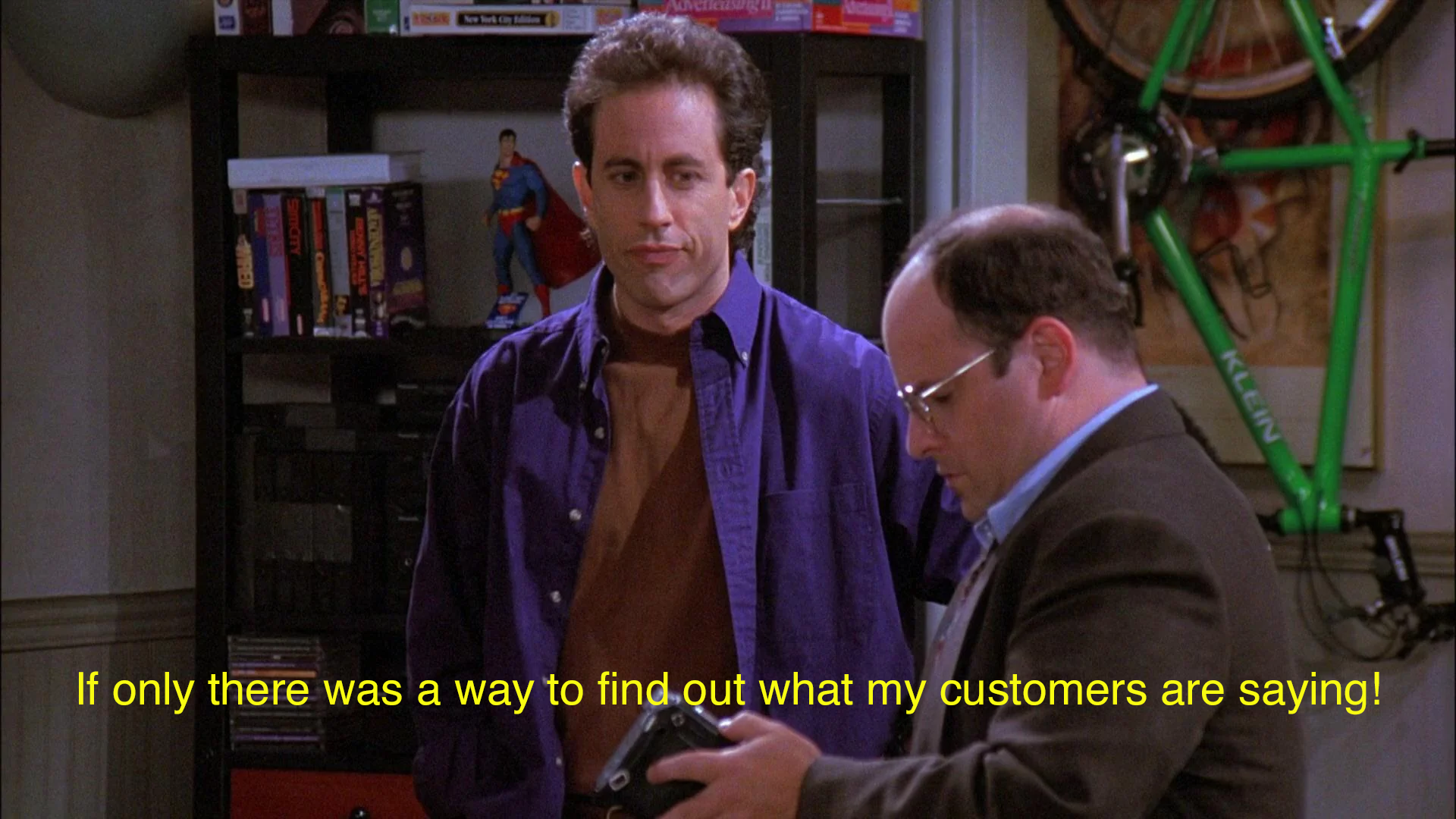Rethinking KPIs for Flagship Events and Roadshows: A Realistic Approach

4 minute read.
In the dynamic world of corporate events, flagship events and roadshows are often regarded as crucial opportunities for business expansion. The common key performance indicator (KPI) for these events is the acquisition of new net accounts.
However, this objective can be notably challenging to achieve. Insights from Vivasteam's analysis of 100 roadshows and flagship events across the US reveal a surprising reality that challenges common perceptions about these events.
Understanding the Audience Composition
Vivasteam's research uncovers a consistent pattern in the audience composition of these events:
Existing Customers: 71%
Partners: 27%
Prospects: 3%
This composition indicates that flagship events and roadshows are predominantly attended by those already familiar with or connected to the company. Prospects, particularly those not deeply involved in evaluating a tech product, represent only a tiny fraction of the attendees.
Key Takeaways from Audience Data
1. Pick the Right Event Based on Your Primary Goal
Matching the type of event with your business objectives is essential. For acquiring new prospects, prioritise third-party events known for attracting potential customers. Tailored roadshows and flagship events are more suitable for goals like customer retention or partner engagement.
2. Set Realistic KPIs
With an accurate understanding of the audience, set achievable KPIs that align with the event's true potential. Metrics should focus on strengthening existing relationships or enhancing brand loyalty among current clients.
3. Plan Your Roadshow as Part of a Customer Journey
Integrating your roadshow into a broader customer journey can be effective. For instance, hosting a roadshow after participating in larger third-party events can capitalise on increased interest from companies in the evaluation stage, potentially boosting the number of prospects.
4. Know Where to Invest Your Audience Marketing Dollars
Allocate your audience marketing budget wisely. Overspending on social media campaigns or extensive cold calling for audience acquisition might not yield the desired results in terms of new prospects. Instead, invest in strategies that align with the demonstrated strengths of these events.
5. Attend Events That Align with Your Goals
Be strategic in choosing events to attend. Opt for third-party events that attract a higher percentage of new prospects if that's your primary goal. Conversely, focus on creating impactful roadshows and flagship events for deepening existing relationships.
This data-driven approach highlights the need for businesses to recalibrate their strategies around flagship events and roadshows.
Companies can maximise the impact of their event investments by understanding the actual audience makeup, aligning event choices with business goals, and setting realistic KPIs. The goal is not just to attract an audience but to attract the right audience and engage them effectively.
Want to talk the most effective event marketing strategies for your 2024 objectives? Get in touch now to start the conversation.
Related Posts:






























